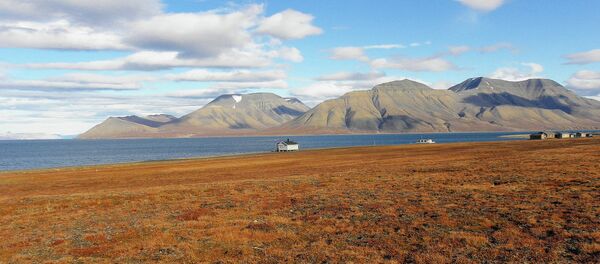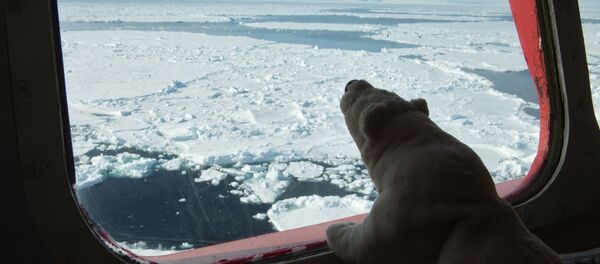“The temperature increase in Antarctica is uneven. Over the past 50 years, significant changes in temperature have been recorded in some eastern regions of the continent. However, in some parts of the Antarctic Peninsula, scientists noticed a rise in temperatures by nearly 2.5 degrees Celsius. This situation is extremely unpleasant,” Rodolfo Sánchez, a member of the Argentine Antarctic Program, told Sputnik.
“The reduction of ice weight can lead to profound changes in the structure and dynamics of the Antarctic ecosystem. Given that Antarctica borders all the world’s oceans, the melting ice might affect other nearby ecosystems and even some coastal cities,” explained Sánchez.
Carbon dioxide (CO2) emissions also pose a threat to the continent.
As the scientist explains, the process of CO2 entering the atmosphere leads to the ocean souring as the gas is partially dissolved in the sea water and then transformed into carbonic acid.
“Antarctic waters are particularly susceptible to this process, since the CO2 dissolves more easily in ice water. This process can also lead to a serious imbalance in Antarctica's ecosystems,” Sánchez told Sputnik.
“Ice samples give us valuable information regarding the concentration of greenhouse gases in the past. Thus, we can determine past temperatures present on the continent. We can then analyze the air composition contained in Antarctic ice as at the moment of its formation; these bubbles have been completely isolated from the outside world. After we collect all the results, we can determine changes in the concentration of greenhouse gases in the Antarctic climate,” he added.
Over the past 650,000 years, the concentration of CO2 in Antarctica has increased by 30 percent, while the amount of methane (CH4), a more potent greenhouse gas, has increased by 100 percent.
“An increase in the concentration of greenhouse gases since the mid-19 century has been tightly linked to climate change, meaning that human activity might have an impact on these climate parameters,” Sánchez added.




